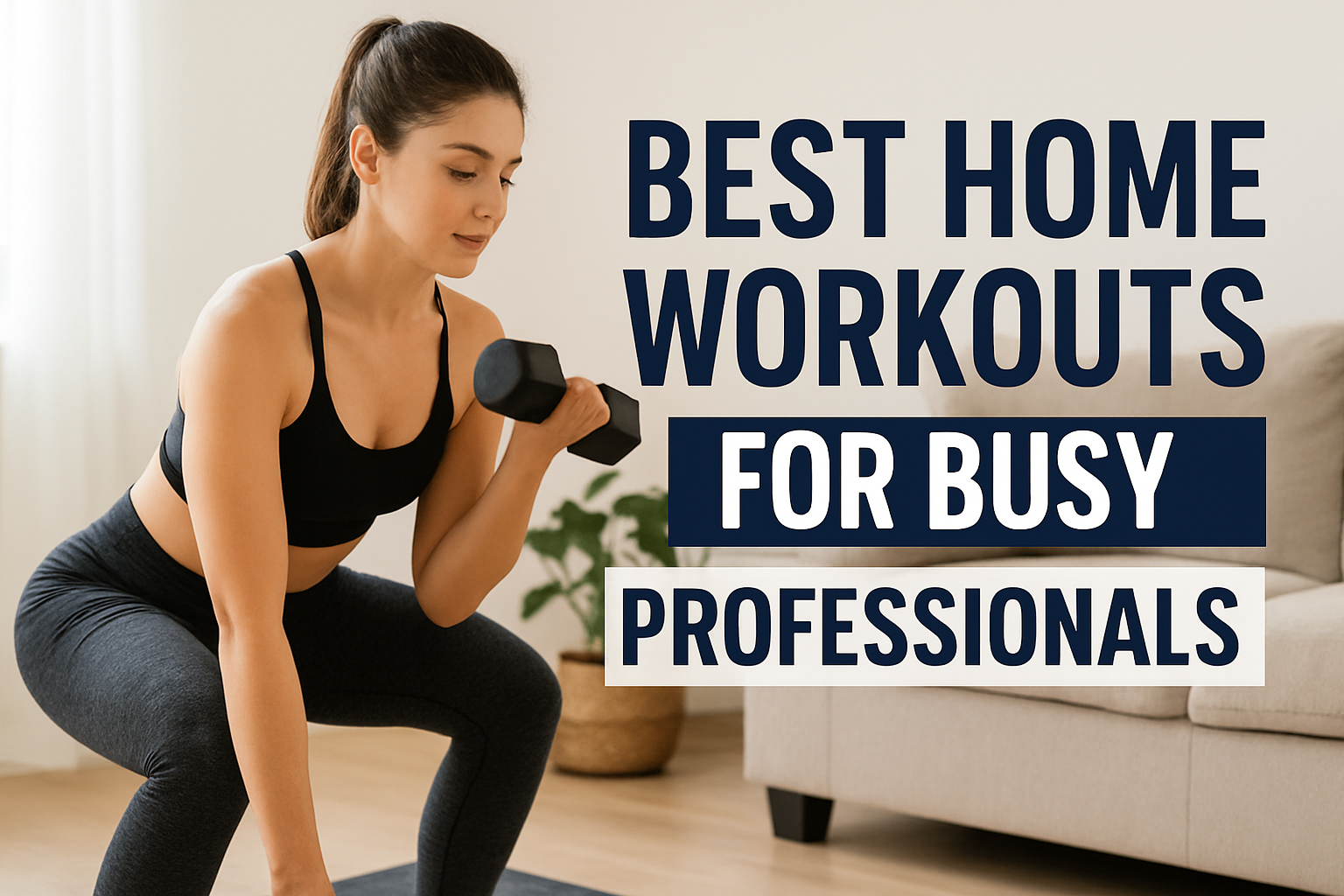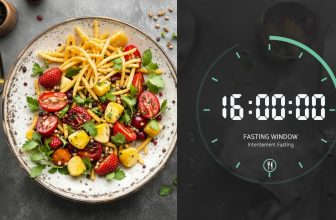
Introduction: Fitness in a Busy World
If you’re juggling meetings, deadlines, and family responsibilities, carving out time for fitness can feel unrealistic. Long commutes and crowded gyms only add to the hassle. The truth is, you don’t need a full gym or hours of free time to stay in shape. With a couple of basic tools—and in many cases, none at all—you can build strength, burn calories, and recharge your energy without leaving home.
That’s where minimal-equipment workouts shine. They’re short, effective, and easy to fit into even the busiest schedule. You don’t need much space, and the cost is low compared to a traditional gym membership. Most importantly, the approach is sustainable. Twenty minutes here and there will carry you further than a once-in-a-while marathon session.
Why Minimal-Equipment Workouts Work
A few pieces of gear are worth the investment. Resistance bands are light and versatile. Adjustable dumbbells give you room to grow stronger without cluttering your space. A yoga mat keeps you comfortable for floor exercises and stretches. If you want to push upper-body strength, a simple pull-up bar is an inexpensive addition. But don’t overthink it—your own bodyweight is often more than enough.
Minimal-equipment workouts are also:
Time efficient—most sessions last 20–30 minutes.
Convenient—no travel or memberships needed.
Cost effective—basic gear costs less than one month at many gyms.
Versatile—you can target every muscle group.
Sustainable—they fit your schedule, which makes consistency easier.
Essential Minimal Equipment for Home Workouts
You don’t need much to start. These simple items cover nearly everything:
Resistance bands
Adjustable dumbbells
Yoga mat
Pull-up bar (optional)
Even without equipment, bodyweight training alone can deliver excellent results.
The Best Home Workouts for Busy Professionals
Here are three quick routines designed for busy professionals. Each takes about half an hour or less and can be rotated through the week.
1. Full-Body Dumbbell Circuit (20 Minutes)
Goblet squats
Dumbbell rows
Push-ups
Dumbbell deadlifts
Plank hold
Do 10–12 reps per move, rest 30 seconds, and repeat the circuit three times.
2. Bodyweight HIIT Routine (25 Minutes)
Jump squats
Push-ups
Mountain climbers
Bicycle crunches
Burpees
Work for 40 seconds, rest 20, repeat four to five rounds.
3. Low-Impact Yoga & Core Flow (20 Minutes)
Cat-cow stretch
Downward dog
Plank to side plank transitions
Glute bridge
Seated forward fold
This routine reduces stiffness, strengthens the core, and helps clear your head.
Weekly Schedule for Busy Professionals
A simple weekly rhythm might look like this:
Monday: Dumbbell circuit
Wednesday: Bodyweight HIIT
Friday: Yoga & core flow
Saturday (optional): Walk or light jog
Three workouts a week is realistic for most professionals and more than enough to see progress.
Nutrition Tips to Support Your Workouts
Training is only half the equation. Food and hydration matter just as much.
Keep quick protein sources handy—Greek yogurt, eggs, or a shake.
Batch-cook lean proteins and vegetables on the weekend.
Drink two to three liters of water daily.
Snack on nuts, fruit, or hummus with vegetables instead of processed options.
Consistency with these small habits adds up fast.
Overcoming Common Challenges
No time? Set a timer for 20 minutes and promise yourself one round.
Limited space? Clear a corner big enough for a yoga mat.
Bored? Rotate exercises or add music.
Forgetful? Schedule workouts in your calendar like meetings.
FAQs About Minimal Equipment Workouts
Can I build muscle with minimal equipment?
Yes—progressive overload works with dumbbells, bands, and bodyweight.
How many times a week should I train?
Three 20–30 minute sessions is both practical and effective.
Morning or evening—what’s best?
The time you can consistently protect.
Do I need cardio machines?
No. HIIT, circuits, and walking outdoors cover your cardio needs.
Conclusion: Fit Without the Gym
Being busy doesn’t have to mean being unhealthy. You can transform your fitness at home in less time than it takes to stream a show. Start small, stay consistent, and choose routines that fit your life.
If your goal is strength, weight management, or simply more energy during the workday, these home workouts offer a clear path. Commit to twenty or thirty minutes a few times a week, and you’ll notice the difference—not only in your body but in your confidence and focus as well.
Save this guide, try the dumbbell circuit tonight, and let it be the first step toward a fitness routine that works with your life, not against it.





